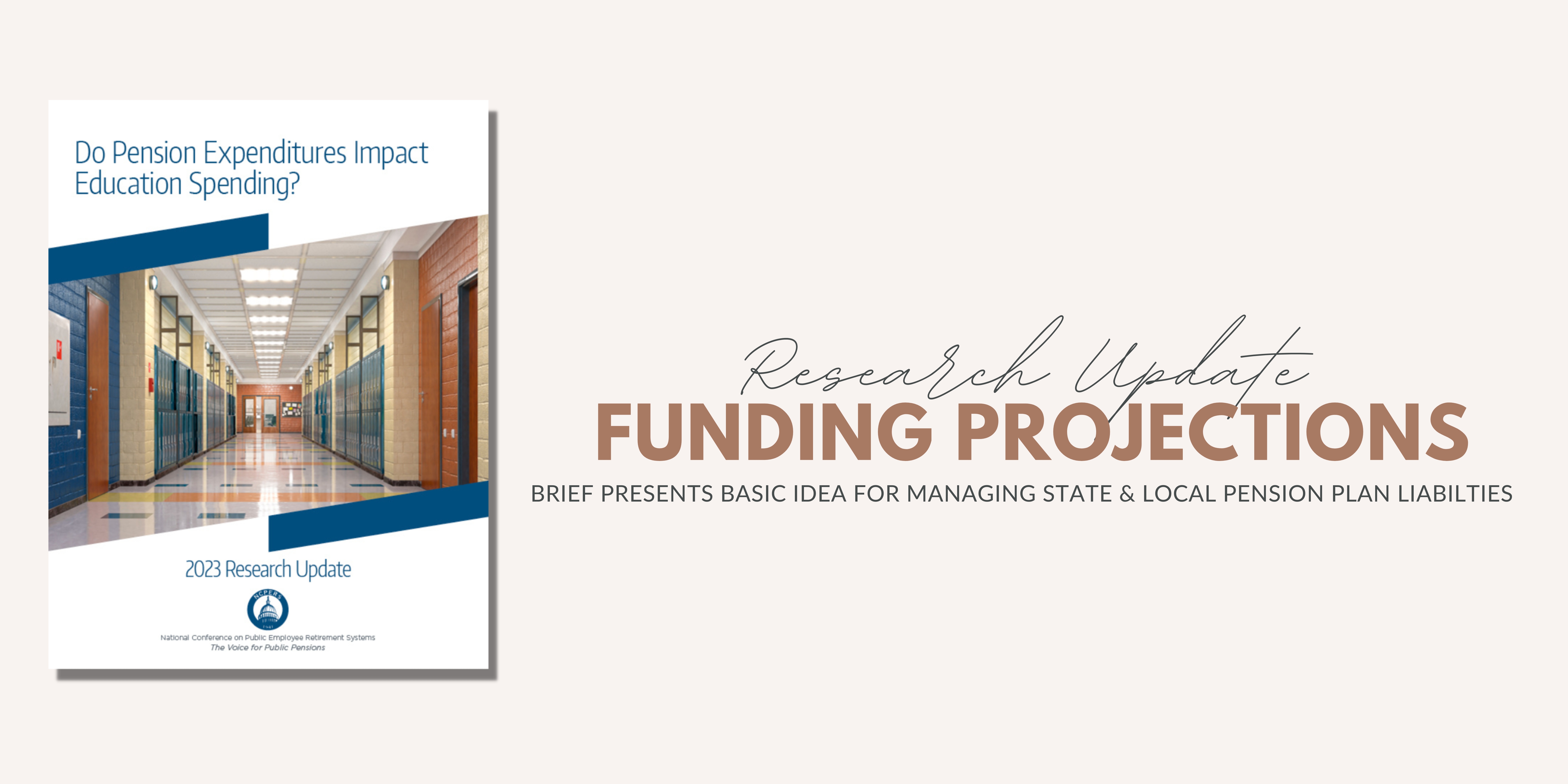Brief Finds State and Local Pensions Should Stabilize Debt as Share of Economy Instead of Fully Funding Them
The author of a new brief from the Center for Retirement Research at Boston College finds that state and local pension plans should focus on stabilizing their pension debt as a share of the economy rather than full funding. The alternative of fully prefunding state and local pensions to maintain fiscal sustainability will mean big contribution hikes.
The brief, Do Pension Expenditures Impact Education Spending?, examines 40 state and local pension systems and projects their annual cash flows to determine the contribution increases needed to stabilize the debt. Louise Seiner, a Robert S. Kerr Senior Fellow in Economic Studies and policy director for the Hutchins Center on Fiscal and Monetary Policy at the Brookings Institution, authored the study.
Under current contribution levels, the researcher draws two important conclusions based on data projections: first, annual benefit payments as a share of the economy are already near their peak. Second, pension plans have gradually reduced growth in average benefits.
According to the brief, most pension plans do not face an imminent crisis, but many could exhaust their assets within 30 years under the low-real-return scenario. Thus, adjustments will be necessary to stabilize the debt-to-GDP ratio and get the debt/GDP ratio back to today's level in 30 years.
Download the full report here.


